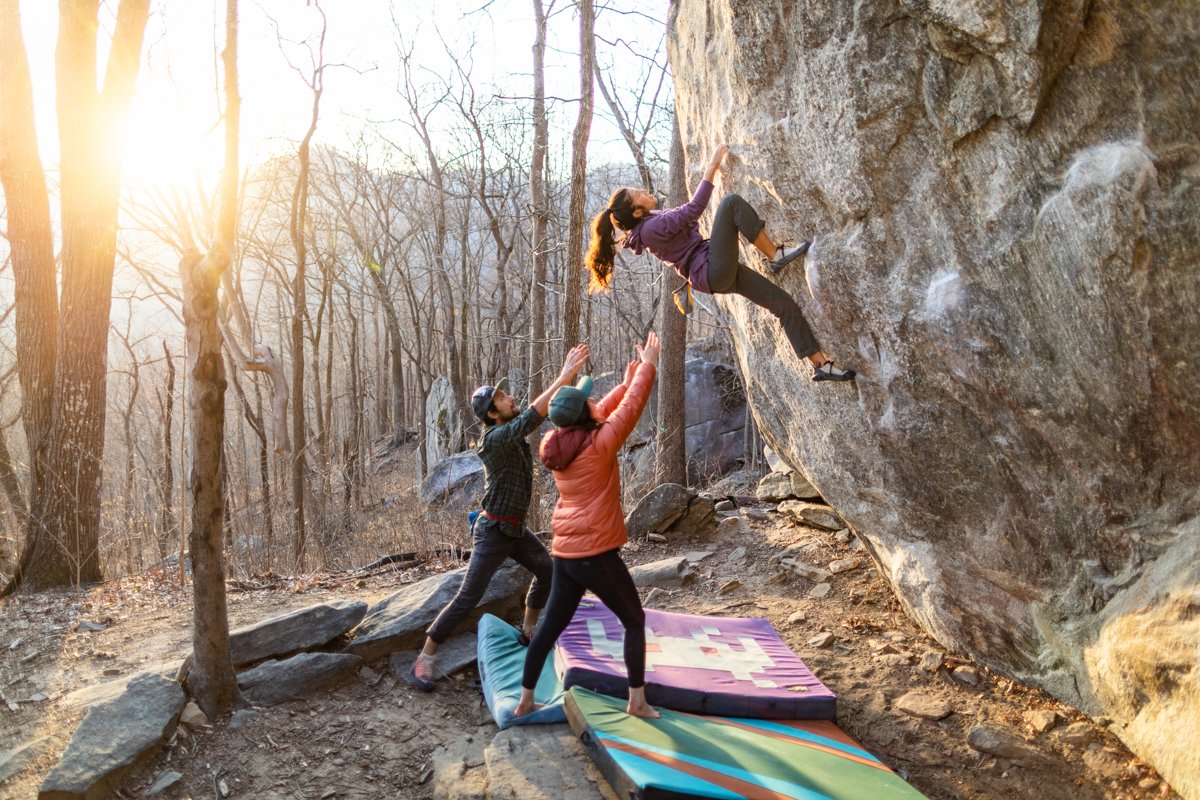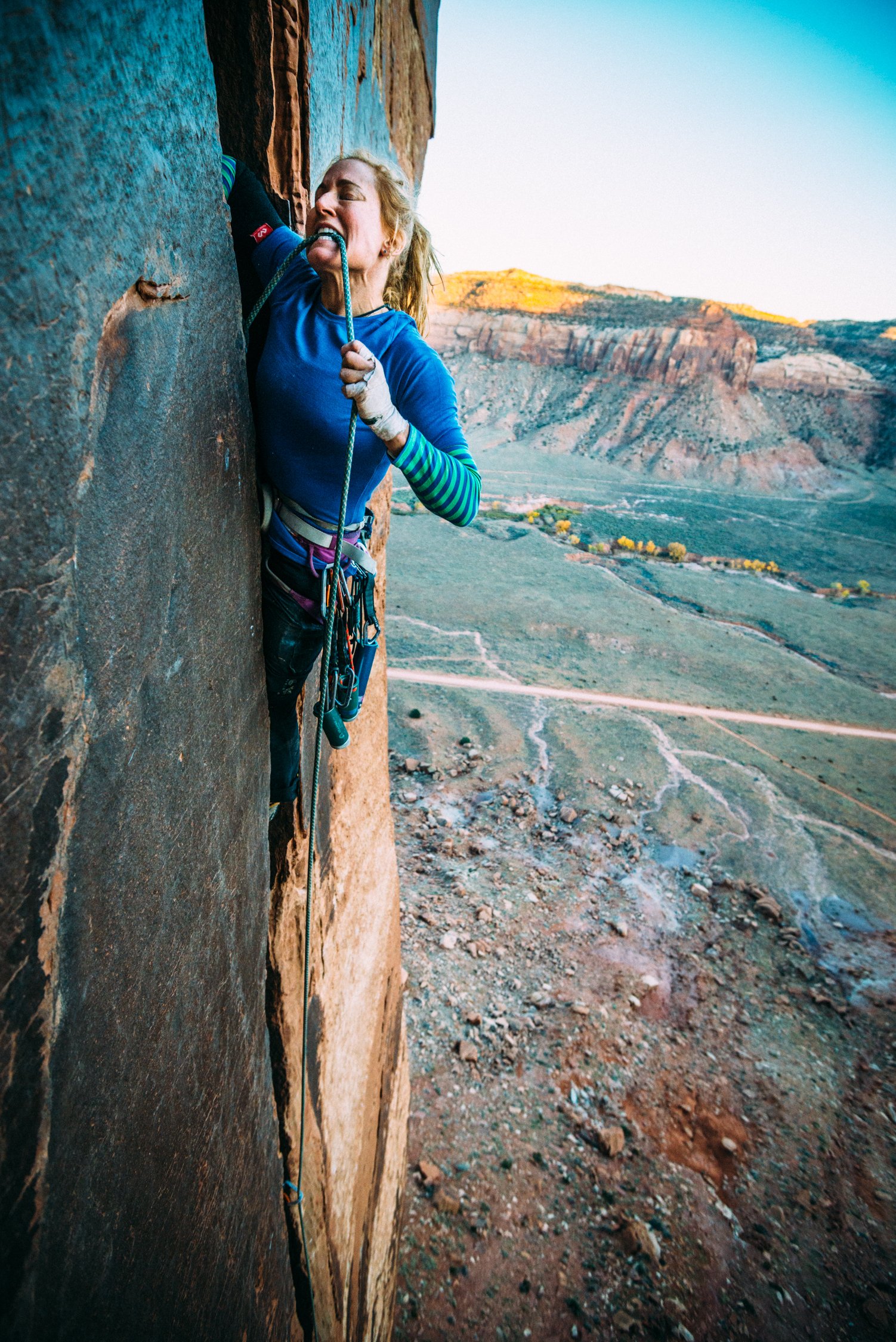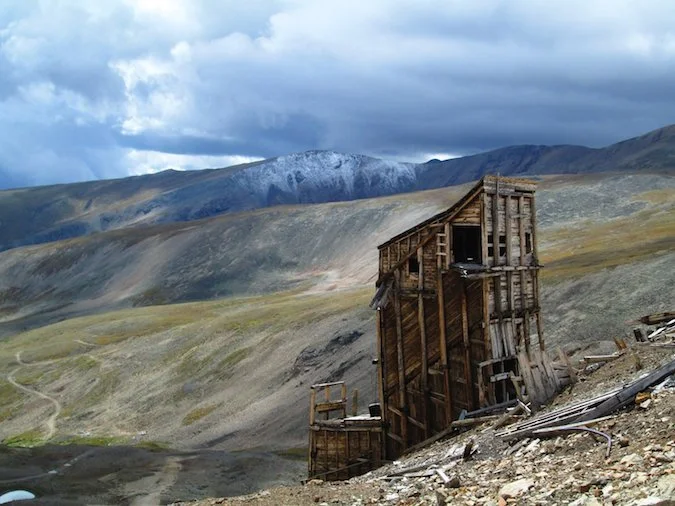By Nina Williams, Professional Rock Climber and AAC Board Member
& Hannah Provost, AAC Content Manager
This article originally appeared in Summit Register 005.
Nina Williams enjoying Lizzard the Gizzard, 5.11d in the Cayman Islands. Land of the Taino people. AAC member Andrew Burr
Communication is key. It’s a trite saying in climbing, let alone most other realms of life. We’ve heard countless retellings of accidents that would have been avoided if a belay partner had been paying better attention or everyone had been on the same page about the intricacies of a descent. While the complexity of communicating about policies and advocacy initiatives is a little different than yelling “Off Belay,” the lessons we’ve learned about the importance of communication in climbing carry over to communicating as a climbing advocate.
Nina Williams, professional rock climber and AAC Board Member, believes that effective communication skills are the groundwork for all of our other advocacy skills.
In this issue of the Summit Register, we’ll introduce you to our Climbers Advocacy Network (CAN) volunteers and offer a look at the curriculum and skill sets our volunteers are learning in the CAN EDU program. These include skills such as becoming fluent in the value of outdoor recreation, identifying key partners for a campaign, building strong coalitions, and keeping advocacy sustainable. But throughout the articles that follow, there is an underlying thread: the power of transparent and meaningful communication.
Beginnings
Nina’s personal experiences as a young climber set the stage for how important communication would become in her career as an athlete and advocate.
During her early years it was rare for Nina to see other women or people of color at the crag. As a biracial Chinese-American, she did not see herself or her story represented in the climbing community. Nina felt compelled to prove that she belonged. This mindset, while motivating in some ways, was also isolating and lonely.
Author Nina Williams, dancing on Flying
the Colors 5.11c, Sector Sea Horse, The Northeast Point, Cayman Brac, The Cayman Islands. Land of the Taino people. AAC member Andrew Burr
“As a young person, I was usually one of the only girls in the gym. It was always about keeping up with the boys. But as an adult, I started to see other women and hear the stories of other climbers of color and started to realize that I was not alone in this–there are people like me that are experiencing the same things. It created a sense of lightness. I didn’t feel so alone.”
The realization that came from the power of exposure and deeper feelings of community led Nina to believe that there is immense power in storytelling and making space for others’ stories. Ultimately, this experience guided her into the path of advocacy.
Nina was emphatic: “We need to speak up for those who feel they do not have a voice or a presence in the spaces where we climb.” And that includes the land and natural resources we are trying to protect and the surrounding communities that are likewise impacted by climate change and inequitable access.
Communication as Space
Nina’s personal experiences with the transformative possibility of storytelling pulled her to pursue a degree in Communication. This background informs the powerful strategies she uses in advocacy settings to ensure that advocating doesn’t just become yelling into the void.
Nina explains that the traditional understanding of how we communicate is transactional: you say something with an intended message. Ideally the other person understands your intended message, processes it, and responds with their own message in kind. With this traditional understanding, the literal message being conveyed—the words themselves—is the only element under consideration when making meaning. This model views communication as a back-and-forth transmission of information. However, if you broaden your view of communication just slightly, you are much more likely to get your message across.
Bouldering at Rumbling Bald,
NC. Land of the Catawba, Eastern Cherokee, and Yuchi peoples. AAC member Forest Woodward
Nina argues that, by looking at communication with a wider lens, we can see the expansive and colorful spaces that exist within each person. These spaces are our life experiences, joys, biases, personal traumas, and more. One person’s space (i.e. everything they have lived through) is separate and unique from yours. This creates subtle differences in each individual’s communication styles. Communication is the process of navigating both the similarities and differences in each person’s space. Our spaces influence the way we speak, our body language, and how we communicate with others. Ignoring our own experiences, or the experiences of those we are speaking with, oversimplifies the many elements of our lives that infuse our ability to hear another’s message or to be compelled by it.
With this model of communication in mind, Nina recommends the following tips for communication that respects and acknowledges the complexities that each person brings to any given encounter.
Nina’s Top 3 Tips for Effective Conversation
1. Acknowledge and Recognize Someone’s Life Experience (someone’s space):
+ You don’t have to agree with them, but once someone feels they are seen, they are more likely to relax their initial defensive barrier.
2. Validate and Affirm:
+ Find a common thread and validate the commonness between you. You can always find something that you share, and affirming this connection aligns you and the person you are speaking with.
3. Genuine Active Listening
+ Let someone tell their story and create their space for you. Listen without giving advice or offering your own opinion. Let go of your agenda for a moment and really hear what they care about and how their story gives insight into what motivates them.
Build Your Personal Narrative
"Climbers are powerful storytellers just purely based on how powerful climbing is as a sport and as a community! There are so many parallels between the way we approach climbing and the ways we approach life," Nina says. Climbing is a part of your communication "space," but it is not a part of everyone's. Bridging that gap is imperative for articulating why you are motivated to advocate and why these issues matter.
When identifying storytelling opportunities that connect to climbing, Nina encourages people to look past the individual moves or grades and think about how the act of climbing is impacting their everyday life or their way of being.
"If I am describing how small the holds are, or how many pull-ups I am doing in the gym, or how I put a rope down to practice the top out, nonclimbers may not really get it."
Instead, Nina suggests we communicate how climbing is a vehicle for experiences and values that many of us share.
"For example, I might touch on the beauty of the landscape and how the process of climbing pushes me to learn more about things outside of climbing like human anatomy, new ways to calm the mind through meditation, or the Indigenous connection to a place."
These are more universal concepts that people, climbers and nonclimbers alike, can take away from the story and implement into their own life. In Nina's eyes, that is the key to storytelling, figuring out how to relate your experiences and what you learned throughout the experience to someone else.
"When storytelling, I like to think about the gift or the thing that is embedded within my story that someone else will take away and utilize in their own life. That is how you spread the seed of a story and give others the tools they need to build out their own story."
Stories that resonate can be the tipping point for action or inspiration for another climber to join with us in advocacy. They can open the way for an inclusive community and persuade lawmakers that these issues matters. So dig in—what's the seed of your story?

















